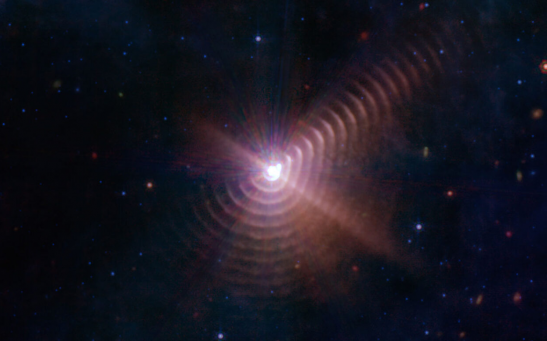astronomy
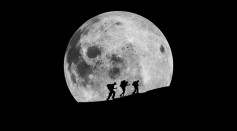
Does The Moon's Light Emit For Earth? Study Explains The Reflection of Light From Sun and Moon
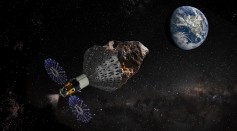
NASA Tracks 5 New Asteroid Flybys This Week, How Far Are These From Earth?
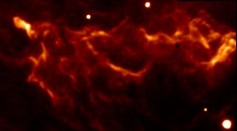
Astronomers' Most Detailed Image of Radiation Region in Orion's Sword [LOOK]
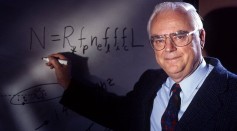
Frank Drake Dies at 92; Learn More About the Founder of Search for Extraterrestrial Intelligence and Alien Enthusiasts
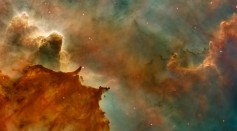
Cyprus Space Exploration Organization Simulcasts James Webb Space Telescope First Images

Megaconstellations Obscure Night Sky View in Australia, Thousands of Satellites Affect Indigenous Astronomy Practices
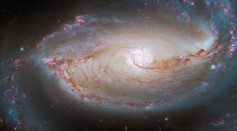
Eye of the Galaxy: Hubble Space Telescope Focuses On A Distant Barred Spiral Galaxy
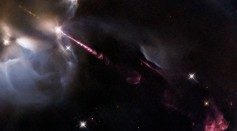
Hubble Space Telescope Captures a Nike Logo in the Sky? What's The Story Behind The Stunning Photo?
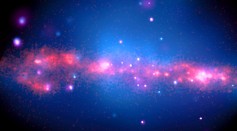
Never Before Seen Unique X-Ray Light in The Sky, Possibly an Afterglow of Kilonova Outburst
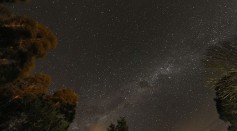
Where Did Milky Way's Stars Come From? Researchers Investigate If They Formed Within, Outside, or Blended in the Galaxy

NASA Shares Breathtaking Cosmic Phenomena Resulting From Interaction Of Merging Galaxies, Star And Guitar Nebula [See Photos]
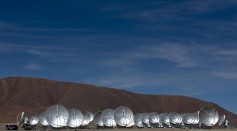
Environmental Cost of Astronomy Needs to Be Reduced, Will the World's Most Sustainable Observatory Solve It?
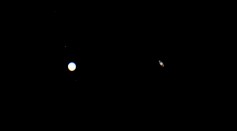
Night Sky Celestial Event in December: Watch the Moon as it Aligns with Planets Jupiter, Saturn, and Venus on Friday
Crux Constellation's Beta Crucis A Star is 14.5 Times as Massive as the Sun, Australian Polarimetrists Says
Most Popular

How Technology Is Changing the Real Estate Industry?

Study Reveals High Turnover in Scientific Research Careers: What This Means for Future Scientists

Nikolay Karpenko Biography, Photo, Career, Accomplishments

How a Plant-Based Diet Can Protect Against Breast Cancer: Insights from Nutrition Research

